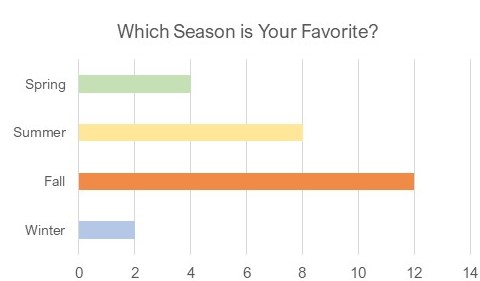June Newsletter
(wait a moment for the newsletter to load – or scroll down to download!)

(wait a moment for the newsletter to load – or scroll down to download!)

Get your copy of the March newsletter by clicking here!
Before you take this month’s poll, here’s the results from the February poll! We tried something new and asked (before travel restrictions were in place): What is your dream vacation destination?
Here’s a handful of your answers! (click to view larger)
For this month, we’re asking about something a bit more topical. Complete the form below to receive 15 points!
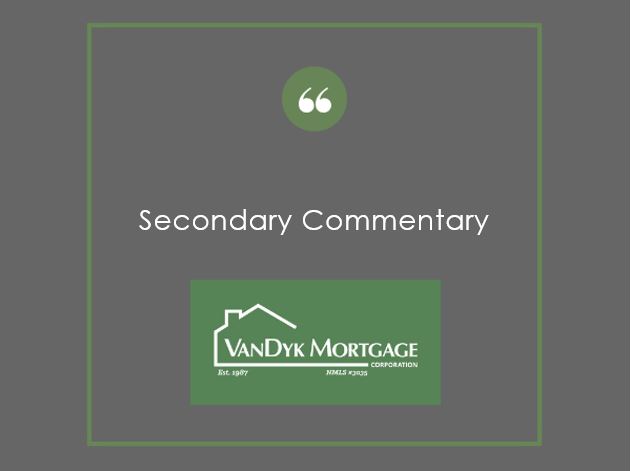
Before you read any further, I want to premise with the fact that this is an opinion, MY OPINION, and the intention of it is to help you form an opinion. I don’t have a crystal ball, no direct line to Mr. Powell or Mr. Trump, no insider info, and no magic tweeting power (looking at you Trump) or even know how to tweet. I can’t tell you what is going to happen in 2020 with rates. I can however tell you what happened so far this year and things to be on the lookout for.
What a Start to 2020
Below is a chart of the UMBS market 3 Coupon from 01/01/2020-02/27/2020. As the chart below shows, we have seen a quick push to higher MBS prices, which translates to lower rates. The year started at 101*13 and as of late 02/27 was at 102*16. So we are looking at a 35/32nds move. That can equate to roughly .25-.375% lower rates. While that is a large movement, that hasn’t been the biggest driver of the recent rate improvement. The 2.5 Coupon is the biggest driver of that (see below).
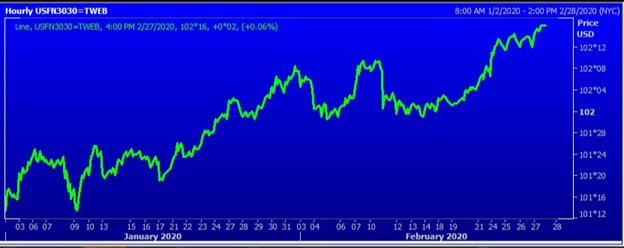
Below is a chart of the UMBS market 2.5 Coupon from 01/01/2020-02/27/2020. As the chart below shows, we have seen a quick push to higher MBS prices, which translates to lower rates. The 2.5coupon started the year at 98*28 and is currently is at 101*06 as of late afternoon on 02/27. That is a 74/32nds rally in a 2 month span. That can equate to roughly .5-.625% drop in rates. The 2.5 coupon is what pricing is based on for the lower end of the rate spectrum (2.75-3.5/3.625).
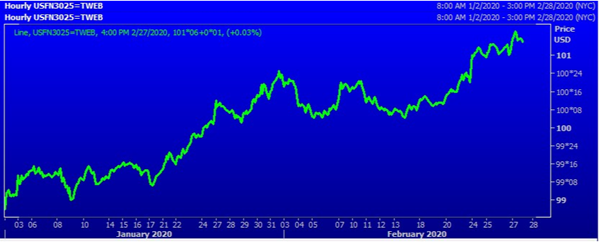
WTF – Why the Fall…in rates
Some of you may remember this statement from the 2019 Year-End Secondary Commentary:
The general consensus from the Fed seems to be that they will leave the funds rate alone through 2020 unless something major happens domestically or abroad.
Coronavirus is the “something major” that has caused rates to plummet to near all-time lows. There is increasing fear that the coronavirus is going to not only impact China’s economy, but the world economy as well. Each day that goes by, more numbers come out about who has the virus and where they are located. As the virus continues to spread, global economies have jumped ship on “risky” assets (stocks) and pushed money into safe haven assets (like US treasuries). This is why the 10 year US treasury is at its all-time low (as of 02/27).
Coronavirus is the main reason for the fall in interest rates, but there are still other factors at play as well. The Democratic primary continues to rage on, and there is increasing beliefs that the candidate of choice will be more social… “fiscally liberal” than ever before. This could be seen as bad news for stocks after 4 years of a President who worked to increase the stock market with his policies. The other piece of data that is driving the push down in rates just happens to be corporate data. Corporate earnings have been coming out to start the year and so far, those earnings have not been as good as anticipated.
How Far Will We Fall?
If I knew the answer to this, I would not be writing this commentary. Rates are at or near historical lows. The 10-year and 30-year treasuries are also historically low. If coronavirus continues to spread and is officially labeled a pandemic (could argue it already is), then we could see rates fall even further. The market, meaning MBS investors and our aggregators, is still trying to wrap its head around the drastic rate fall. They likely are not pushing through all of the gains they are seeing in the market, as they are fighting off incredibly high pre-pay speeds as lenders storm ahead with refinancing databases. I personally am of the belief that we are at (or near) the bottom of where rates can go.
Below is a chart of where rates have been, on or around February 25 for the past 10 years. While I think there is room for rates to go even lower, I wouldn’t bank on it. I firmly believe there is much more downside risk to floating than there is upside potential. Locking in the mid to lower 3s is incredible – many thought we would never see this again after 2016.
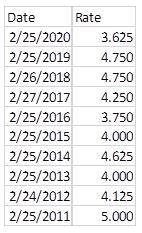
Things to Monitor
Continue to monitor the coronavirus and the global impact it is having. We also need to be on the lookout for how the Fed will respond to the virus. With the fear of a global slowdown increasing as the virus spreads, some are thinking that the Fed may be forced to lower their rate target faster than expected. This could potentially turn what seems to be a neutral Fed to a Dovish Fed.
We also need to keep a close eye on the Democratic primary and the general election. Super Tuesday is next week, and we should start to see the field narrow after that. The slimmed-down field should give us the opportunity to learn more about the fiscal policies from the Democratic side. If there is a more liberal view in the policies, this could have an impact on the markets.
Keep Grinding
Typically the industry is “slower” in the 1st quarter, but this year has not been slow. I’m not sure that anyone even had a chance to come up for a breath of fresh air this year. We are seeing record numbers of applications, and our pipelines are swelling. It’s hard to complain when we have been given a great opportunity to help so many borrowers get low interest rates. Keep on grinding and let’s make 2020 the best year yet.
Thanks and Happy Month End,
Brad Chatel
Secondary Manager
Get your copy of the February newsletter by clicking here!
Before you take this month’s poll, here’s the results from the January poll:
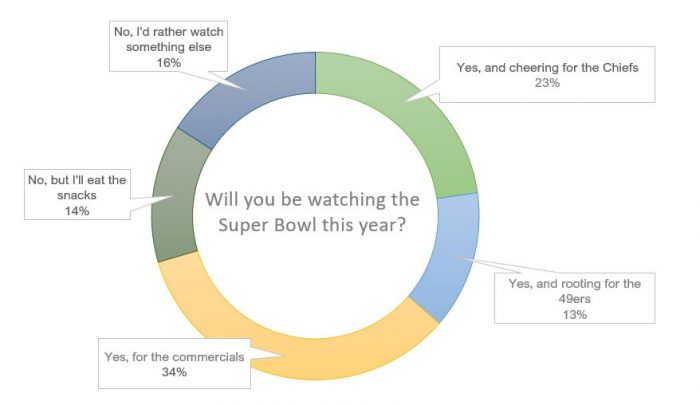
Click Start Challenge to begin.

Get your copy of the January newsletter by clicking here!
Review previous newsletters by clicking on the Newsletters category on the VDMC.net home page, or by following this link. (Note for point-seekers: there are challenges available on previous posts!)
Before you take the January poll, here are the results from December:
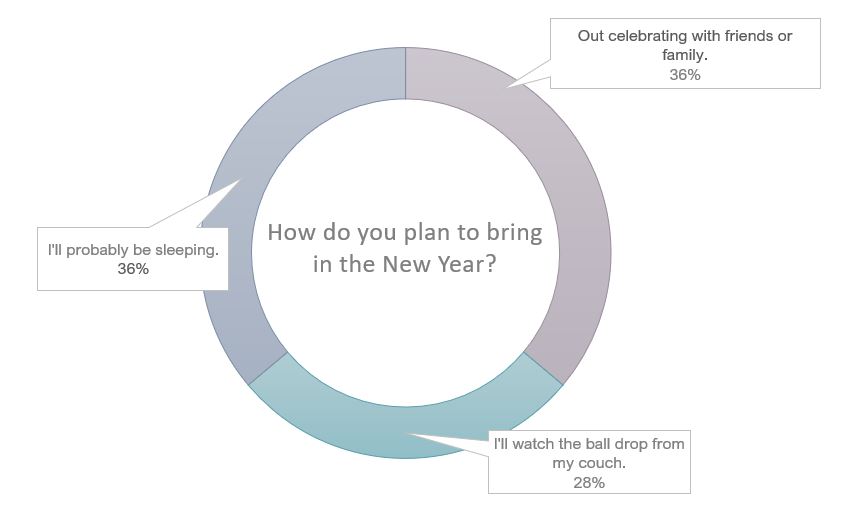

Get your copy of the December newsletter by clicking here!
Review previous newsletters by clicking on the Newsletters category on the VDMC.net home page, or by following this link. (Note for point-seekers: there are challenges available on previous posts!)
Before you take the December poll, here are the results from November:
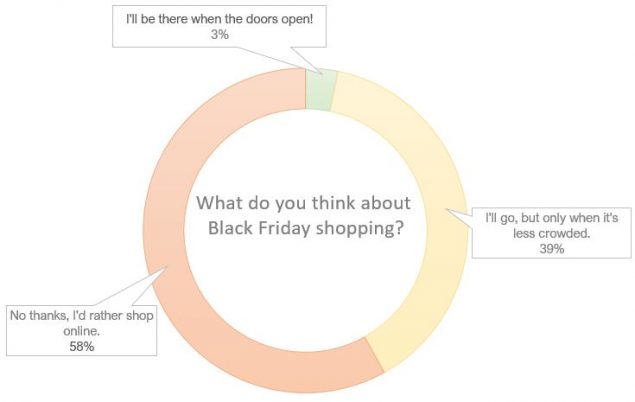

Before you read any further, I want to preface with the fact that this is an opinion, MY OPINION, and the intention of it is to help you form an opinion. I don’t have a crystal ball, no direct line to Mr. Powell or Mr. Trump, no insider info, and no magic tweeting power (looking at you Trump) or even know how to tweet. I can’t tell you what is going to happen in 2020 with rates. However, I can tell you what happened in 2019, and what the current expectations are for 2020 in hopes that you can make more informed decisions, and have more educated conversations with your borrowers and realtor relationships.
Below is a chart of the UMBS market 3 Coupon from 01/01/2019-12/10/2019. As the chart below shows, we have seen a trend of higher UMBS prices which translates to lower interest rates. We started the year about 4pts lower on the UMBS 3 coupon market than we sit today. 4pts equates to roughly .625-1.00% in lower rates than we were quoting in January. This was a pretty gradual rally that didn’t hit its real strides until the end of Q2.
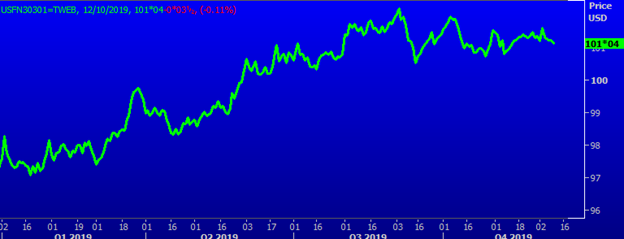
Since 7/2, we have been hovering in a really nice resistance band on the UMBS market. The low was reached on 9/13 at 100*17 and the high was reached on 9/4 at 102*04. Outside of the high and lows, we have been mostly in the range of 100*24 and 101*16. While that is a 24/32nds difference, it has allowed for some stability in the market. We have seen the ups and downs as usual, but the last 6 months or so have been really resistant to move to much higher rates or much lower rates.
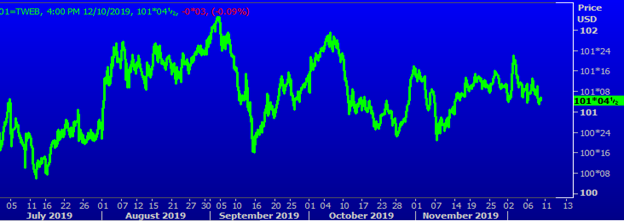
Fed Changes Course
If you review my 2018 EOY commentary, it was widely expected that 2019 would see rates in the 5s with the FED continuing to increase the Fed funds rate. In a reversal of course, the Fed actually began reducing the fed funds rate effective on 7/31 and proceeded to reduce 2 more times throughout 2019.
The Fed cautioned against a slowing global economy along with global trade tensions as a primary reason for their reversal. They proceeded to state that domestic data remained strong and the idea of the economic expansion period in the US ending was not an immediate risk.
As expected, the Federal Reserve left rates unchanged on 12/12/19, stating that depending on major global developments or substantial shifts in inflation, it will remain on hold. The general consensus from the Fed seems to be that they will leave the funds rate alone through 2020 unless something major happens domestically or abroad. In Fed Chair Powell’s statement, he made it sound as if the Fed is going to keep the funds rate low a little longer to keep inflation higher to maintain a strong economy.
Don’t Call it a Comeback – Refinances
Just when everyone thought the refinance boom was over, the market took a 180 turn and decided to toss the industry a bone. Most loans closed in 2018-early 2019 quickly became eligible for a refinance with the rally we saw to start 2019. There were several companies on the verge of acquisition or closure that quickly realized an opportunity and pounced. Several branches here capitalized as well and saw a production increase due to past clients.
While we are a purchase-centric company and never want to take our eyes off our bread and butter, we do realize that our past clients will be solicited whether it is by us or someone else. Should you have excess capacity or want to supplement a pipeline that is struggling with the slower months, this may be an opportunity. If you want us to scrub your pipeline for possible refi leads, please let me know. I will gladly run a pipeline report for you.
Interest rate outlook
I don’t have a crystal ball to predict what rates will do in 2020 – if I did, I probably wouldn’t be writing this commentary. I can say that the FED turned Dovish in 2019 and I do not see that changing back to Hawkish any time in 2020. The FED has made it pretty clear they are taking both the global economy and trade tensions into consideration. Until we start to see stronger data from the Global economy and eased trade tensions, I don’t see the FED moving off their Dovish stance.
I think 2020 will remain a very strong interest rate environment. What does very strong mean? Likely in the 4s for most of 2020. The FED seems to be in a holding pattern in terms of their economic policy, and unless something major happens on the global stage or domestically, they appear to be riding their current policy through November’s election.
Have the locking conversation early and often with your borrowers. While we have been operating with some pretty concrete upper and lower bounds on the UMBS market, we are still seeing the swaying between the bounds. We feel there is much more downside risk in the current rate market than there is upside risk. One day, trade talks may come out positive causing the market to react negatively, and one week later we could have the complete opposite happen. Could a rally into the mid to low 3s happen, sure, but so could a quick turn into the high 4s or even 5s. We don’t have a way to protect against the downside risk, we do however have a way to protect against the upside risk – that being the renegotiation policy after locking. While it is only to be used to save a deal, if push comes to shove it should allow you to keep a borrower happy if rates improve drastically.
Election year
One thing to keep on the back burner is that 2020 is an election year. Election years tend to be relatively quiet in terms of sweeping policy changes. The FED will also likely try to skate through the election year without pushing too many economic buttons unless completely necessary. As election time comes, it will be important to have the lock button near. When President Trump was elected, we saw some very drastic market swings. You can likely expect the same if we see a change to a Democrat elected.
Opportunities
The market handed us a nice rate environment to end 2019. It is on us as a company and industry to capitalize on this while it lasts. No one can predict how long this low rate environment will be around. If we take advantage, we all should have an extremely successful start to 2020.
To 2020
I truly believe this is a year to take advantage of the still historically low rates. We are expecting to see a strong purchase market, and refinance opportunities will be there to supplement as well. We have so many great tools at our disposal here at VanDyk – I believe we are well positioned to seize the opportunity that 2020 is providing us.
I hope everyone has a Happy New Year. Looking forward to a strong and successful 2020.
Brad Chatel
Secondary Manager

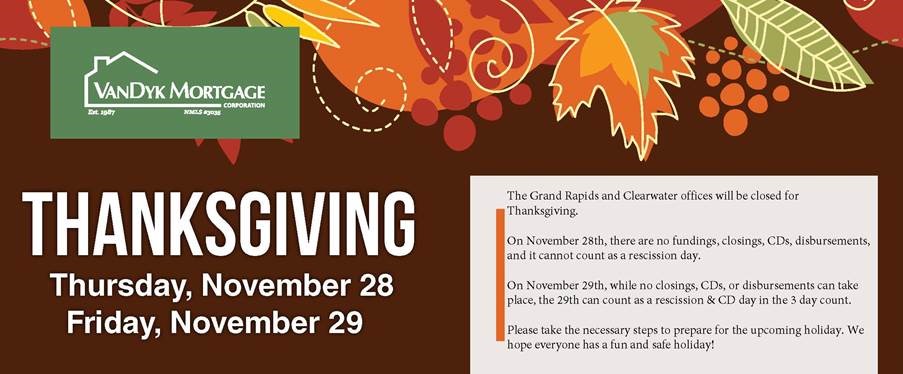
IMPORTANT NOTE: Closings between 11/22 and 12/5 will be impacted as follows:

Get your copy of the November newsletter by clicking here!
Before you take the November poll, here are the results from October:
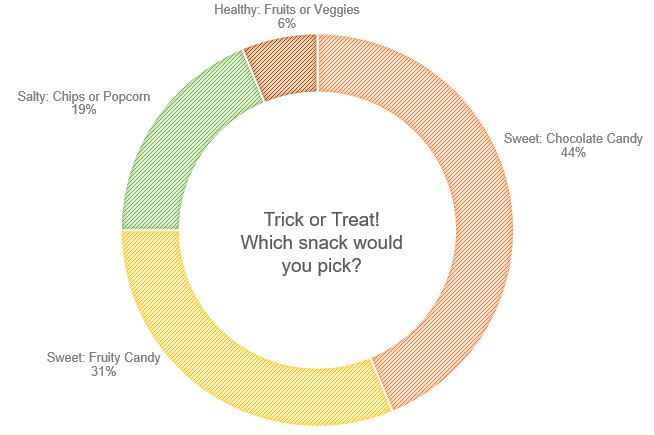

Check out the company newsletter for October: October 2019 Newsletter
Before you take the October poll, here are the results from September:
